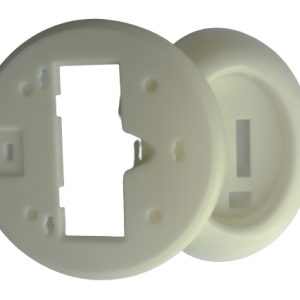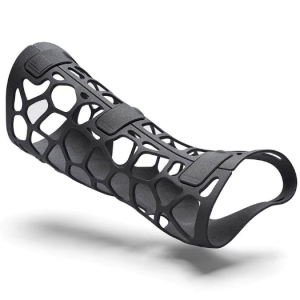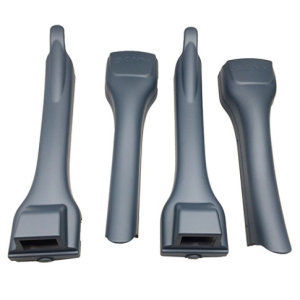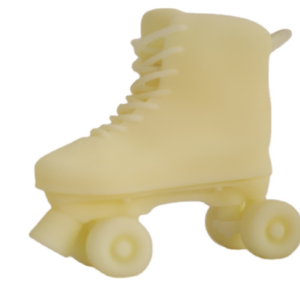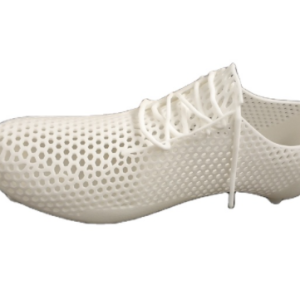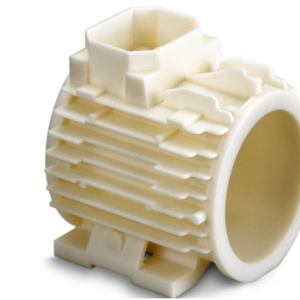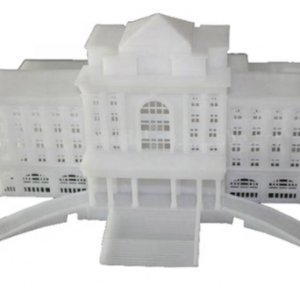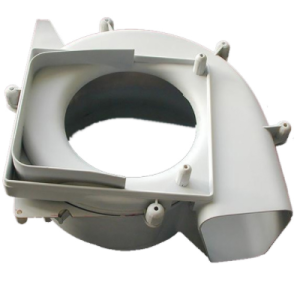Fused Deposition Modeling (FDM)
Services In Australia
Polylactic Acid (PLA) is one of the go-to materials used in FDM 3D printing applications for rapid prototyping applications, particularly FDM Fused Deposition Modeling 3D printers. Constructed using renewable resources like corn starch and sugarcane, PLA is not only biodegradable and eco-friendly, making it the ideal material choice in modern manufacturing environments requiring sustainability solutions.
PLA’s user-friendliness, minimal warping, and clean surface finishes make it the ideal material for creating test parts, visual models, and educational prototypes. Because it offers such easy use-designers often opt for it during early phases of product design.
No matter if it be concept models or functional drafts, PLA always delivers quality, convenience, and precision with FDM 3D printing projects.
Trusted partnerships, unrivaled results CAD Deziner’s track record























How Does FDM 3D Printing Actually Work?
FDM, also known as Fused Filament Fabrication (FFF), is one of the most common 3D printing technologies used worldwide. It works by heating up a thermoplastic filament and feeding it through a nozzle, which moves across a build platform to lay down material in layers. This process continues until the entire part takes shape. This technology is especially popular in desktop 3D printing and is commonly used in education, prototyping, product development, and even low-volume manufacturing.
FDM 3D Printing Materials – Specifications Overview
FDM Materials Available at Avinyaworks:
PLA: A Popular Choice for Prototypes
Polylactic Acid, or PLA, is one of the go-to materials for prototyping in FDM printing. It’s derived from renewable resources like sugarcane and corn starch, making it biodegradable and environmentally friendly. Beyond that, it’s easy to work with and gives a neat surface finish, which makes it ideal for creating test parts and visual models. Its simplicity and reliability have earned it a strong following for everything from educational models to initial product drafts.

FDM Applications
| Material | Surface Texture | Minimum Feature Size | Minimum Wall Thickness | Maximum Build Volume (mm) |
|---|---|---|---|---|
|
PLA |
Slightly |
1.0 mm |
1.0 mm |
300 × |
|
ABS-M30i |
Slightly |
1.0 mm |
1.0 mm |
900 × |
|
ASA |
Slightly |
1.0 mm |
1.0 mm |
900 × |
|
PC-ISO |
Slightly |
1.0 mm |
1.0 mm |
900 × |
|
PC-ABS |
Slightly rough |
1.0 mm |
1.0 mm |
900 × |
|
Nylon |
Slightly |
1.0 mm |
1.0 mm |
900 × |
|
Nylon |
Slightly |
1.0 mm |
1.0 mm |
900 × |
|
Nylon |
Slightly |
1.0 mm |
1.0 mm |
900 × |
|
Vero |
Ultra-smooth |
0.7 mm |
1.0 mm |
490 × 390 × 200 |
|
Vero |
Ultra-smooth |
0.7 mm |
1.0 mm |
490 × 390 × 200 |
|
MED610 |
Ultra-smooth |
0.7 mm |
1.0 mm |
490 × 390 × 200 |
|
ASA (UV Resistant) |
Slightly rough |
1.0 mm |
1.0 mm |
914 × 609 × 914 |
|
AULTEM 9085 |
Slightly rough |
1.0 mm |
1.0 mm |
914 × 609 × 914 |
|
ULTEM 1010 (FDM) |
Slightly rough |
1.0 mm |
1.0 mm |
914 × 609 × 914 |
Benefits of Fused Deposition Modeling (FDM)
Accuracy
We use advanced, industrial-grade FDM printers designed for reliable precision, meeting tolerances as tight as ±0.010″ for the first inch and ±0.002″ for each additional inch.
Durability
FDM lets you print using a range of tough plastics that hold up well in harsh environments, offering strength where it counts.
Big Builds
Need something large? We can print components up to 24″ x 36″ x 36″ in size, all in one go.
Fast Turnaround
Since FDM doesn’t require tooling or moulds, production time drops from weeks to just days, speeding up your development cycle.
Engineering-Grade Plastics
From basic prototypes to parts built for performance, FDM supports a wide variety of true thermoplastics made for real-world use.
On-Demand Production
An FDM printer can produce usable parts as needed, helping you scale up quickly and cut down on delays.
Key Uses of FDM Technology
- Design Concepts: FDM is brilliant for quickly turning digital ideas into physical models. Engineers and designers use it to get a real-world feel of their designs.
- Functional Prototypes: FDM machines can produce tough and resilient parts that stand up well against heat, chemicals, and mechanical pressure; perfect for real-world testing.
- Manufacturing Support: From jigs and fixtures to custom tools, FDM is handy for creating bespoke production aids using durable, high-strength materials.

A Closer Look at the FDM Workflow
Fused Deposition Modelling (FDM) is one of the most widely used 3D printing technologies, especially for prototyping and manufacturing of functional parts. It involves the layer-by-layer deposition of a thermoplastic material to build a three-dimensional object. The process is straightforward: plastic filament is melted and extruded one layer at a time, eventually building up your part from the ground up. It’s particularly valued for creating test components, engineering tools, and one-off items. While there are some limitations in surface quality and printing speed, the technology remains a popular choice due to its cost-effectiveness, ease of use, and material flexibility.
Why Use FDM For Your Parts?
Fused Deposition Modelling (FDM) is one of the most widely accessible and recognized additive manufacturing technologies globally, catering to both 3D printing enthusiasts and high-volume manufacturers. It allows for the quick production of 3D polymer components using a wide mix of feedstock types. Common material options include:
- Acrylonitrile Butadiene Styrene (ABS-M30, ABS-M30i, ABSi): A tough, impact-resistant material, widely used for functional prototypes and end-use parts.
- Acrylonitrile Styrene Acrylate (ASA): Known for its weather resistance, ASA is ideal for outdoor applications and parts exposed to UV light.
- Polycarbonates (PC, PC-ABS, PC-ISO): These materials offer high strength, heat resistance, and excellent impact resistance, making them suitable for engineering applications.
- High-Performance Plastics (PPSF, Ultem 1010, Ultem 9085, Nylon-12): These specialised materials provide superior mechanical properties, including high chemical resistance, flame resistance, and thermal stability, making them ideal for demanding industrial applications.

Why Partner with Us for Your FDM Needs?
Limitless Possibilities
We offer countless combinations of materials, finishes, and tolerances, so you can get exactly what you need, down to the tiniest spec.
Stress-Free Service
Just place your order and relax. We handle the materials, printing, quality checks, packaging, and delivery straight to your door.
Reliable Quality Control
Every part goes through a detailed inspection process, checking dimensions, visual finish, and overall functionality to ensure your print meets the mark.
Our Projects
